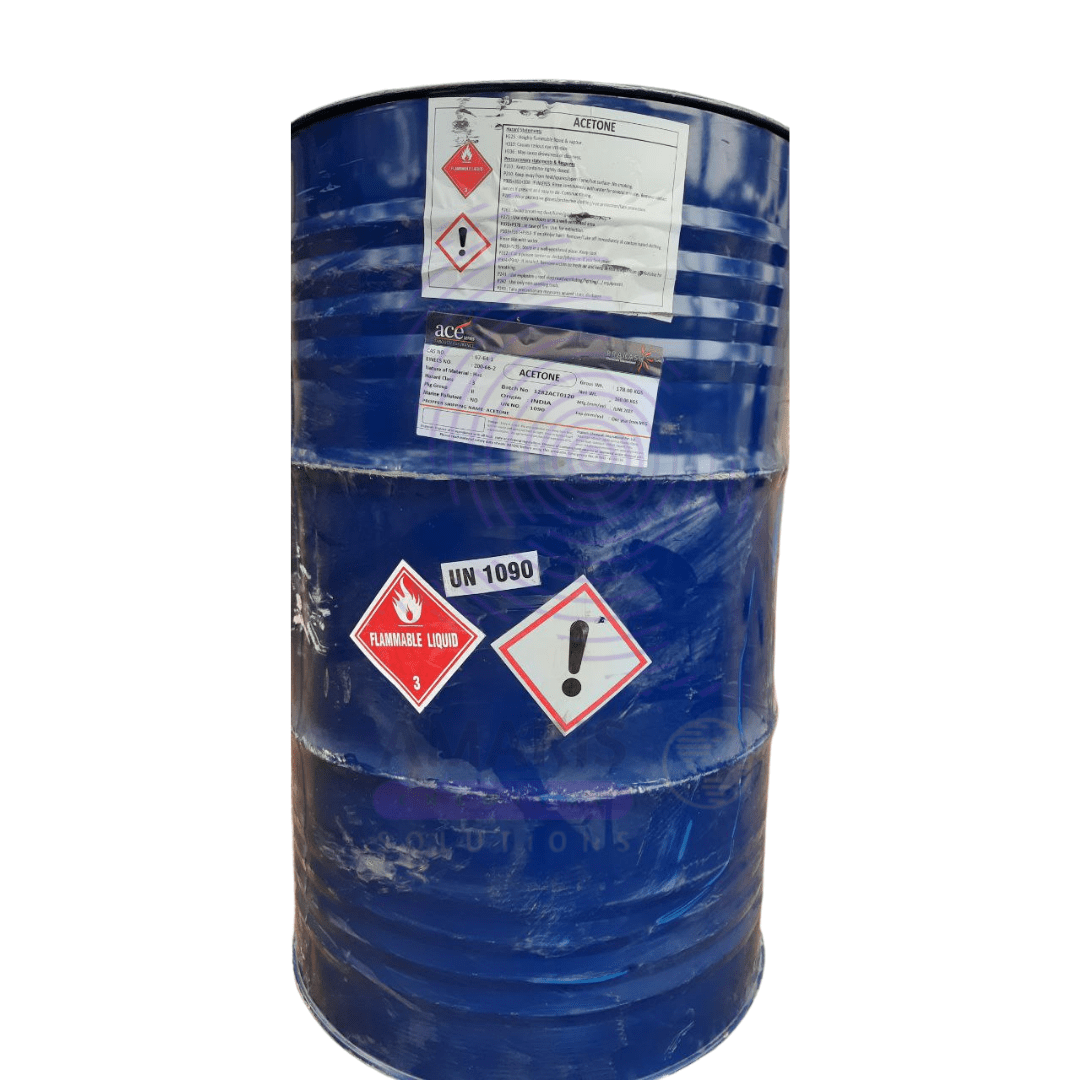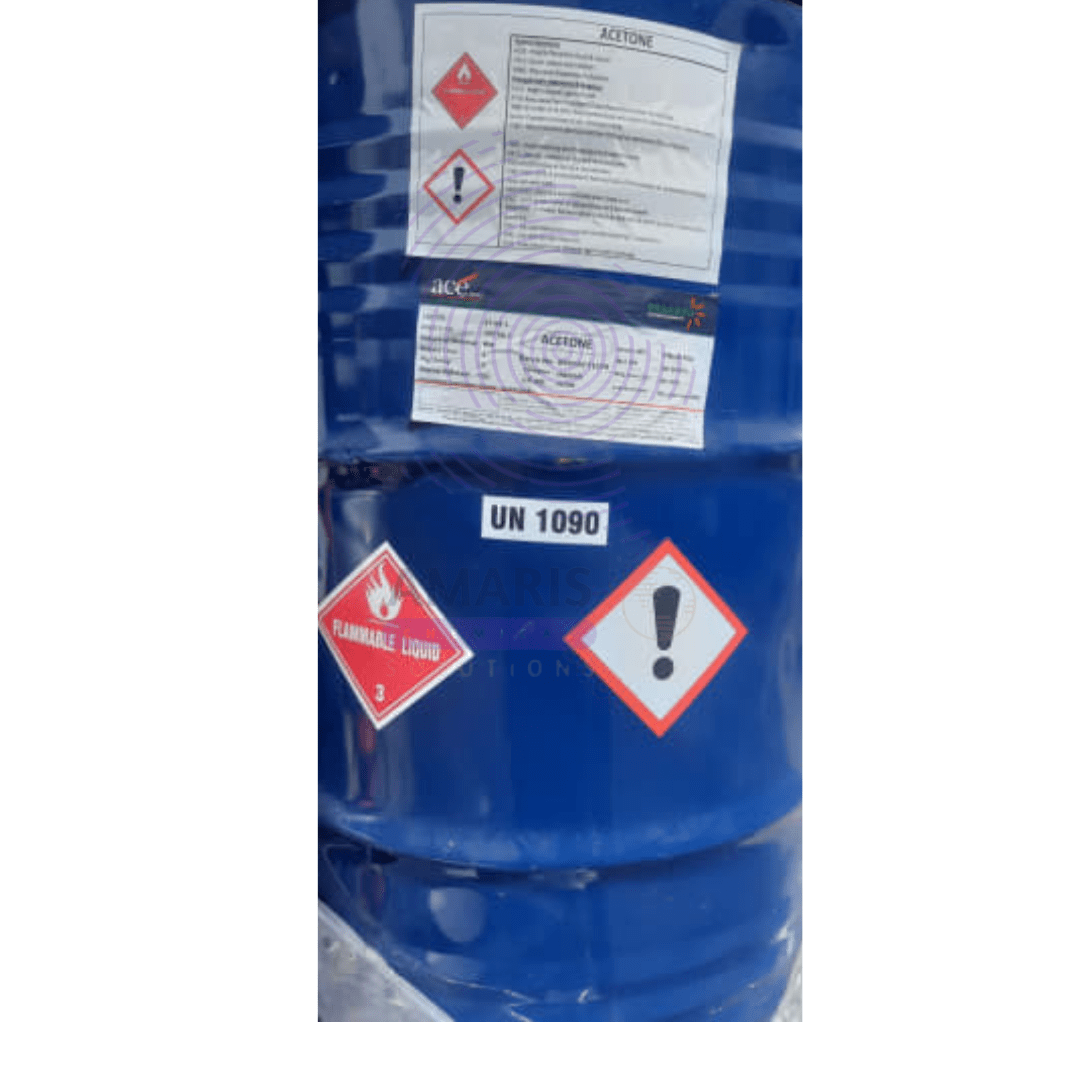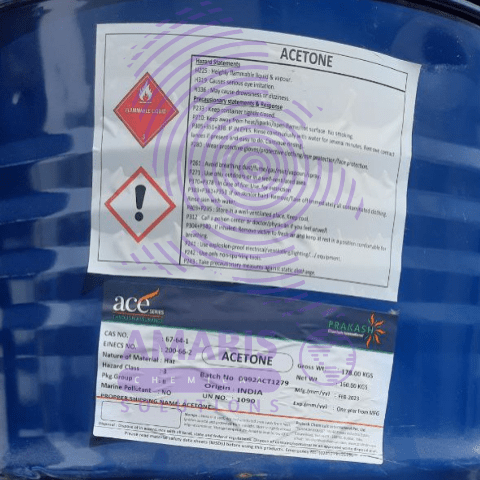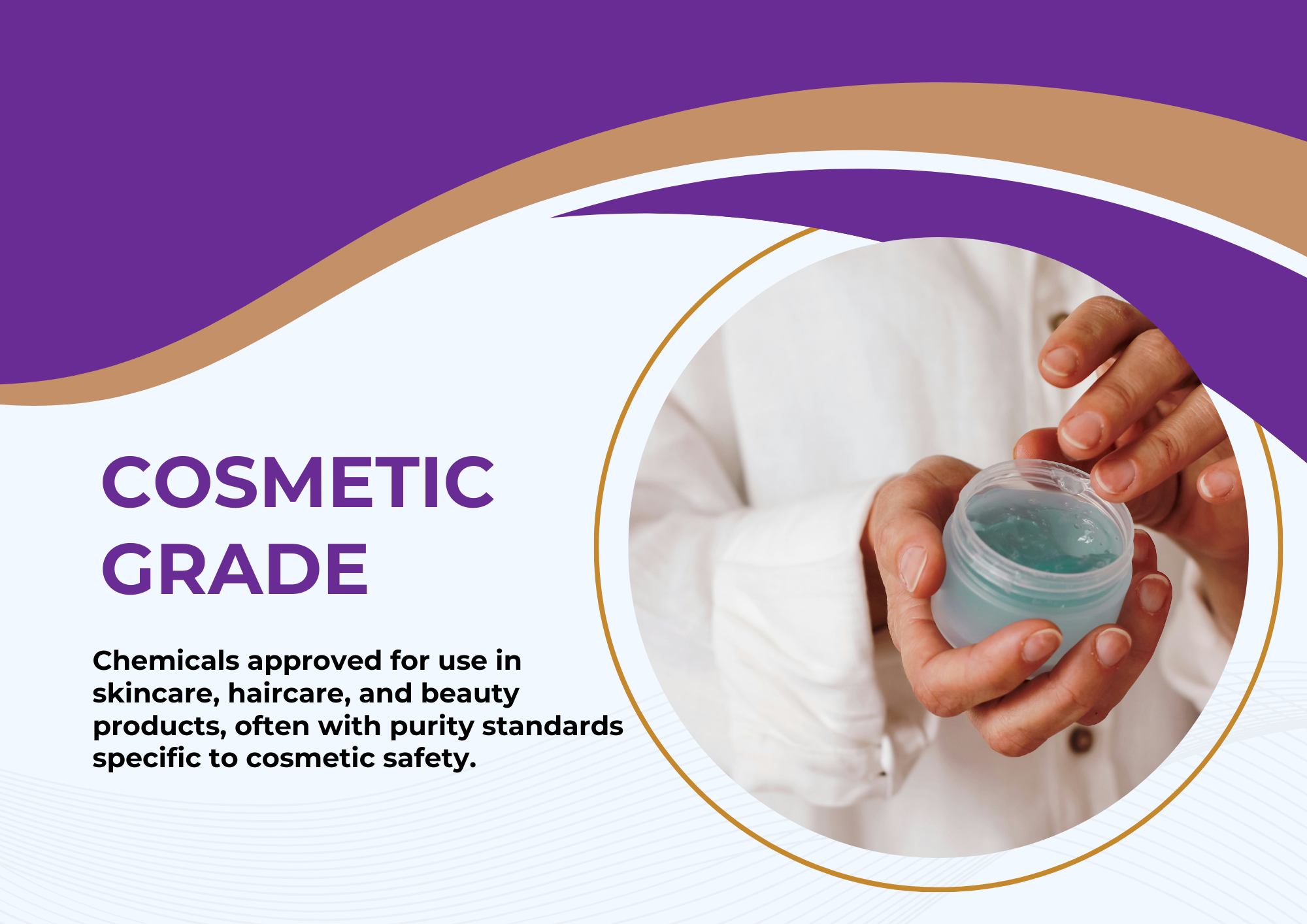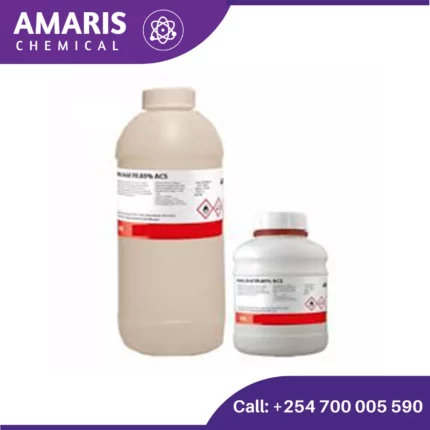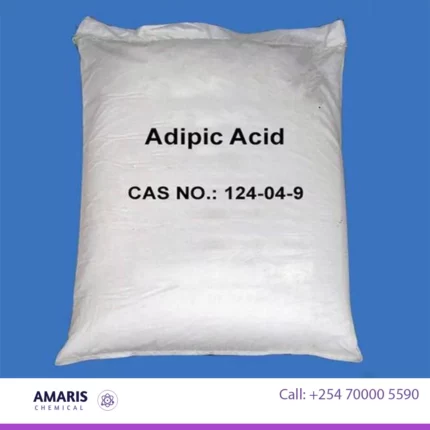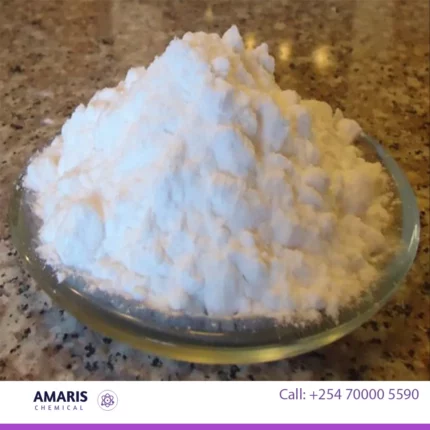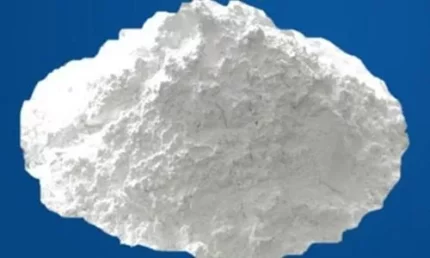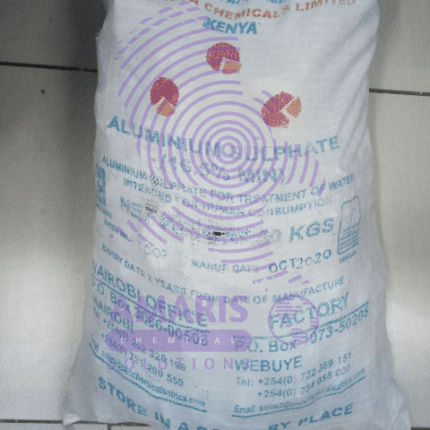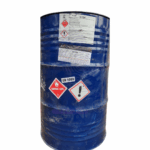


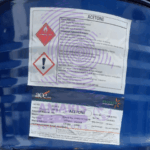
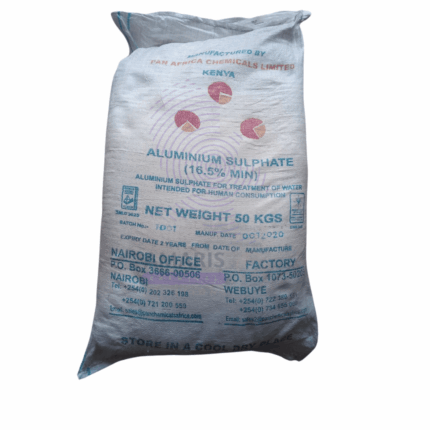
Aluminium Sulphate powder (Alum)
$6,000.00 Original price was: $6,000.00.$5,000.00Current price is: $5,000.00.
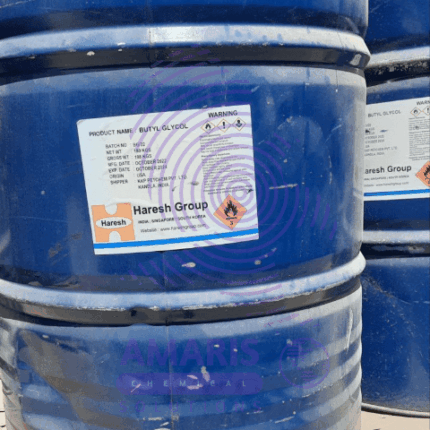
Butyl Glycol 185 kg metal drum
$87,000.00 Original price was: $87,000.00.$86,000.00Current price is: $86,000.00.
Acetone
$56,000.00 Original price was: $56,000.00.$52,668.00Current price is: $52,668.00.
Whatsapp Order
Acetone
Acetone is a colorless, flammable liquid with a sweet, fruity odor. It is a common organic solvent that is widely used in the production of plastics, fibers, drugs, and other chemical compounds. Acetone is also commonly used as a cleaning agent and a nail polish remover. Chemically, it is the simplest ketone and is represented by the formula CH3COCH3.
SKU:
ACS11193CHEM0
Categories: Excipients, Analytical Reagents, Electronic Chemicals, Solvents (paint), Solvents (pharmaceutical)
Tags: acetone, nail polish remover, solvent
Description
Acetone Uses
It is a colourless, volatile, flammable organic solvent which occurs naturally in trees, vehicle exhaust, plants and as a breakdown product of animal fat for metabolism. It has a sweetish (fruity) odour. The molecular formula for the compound is CH3-CO-CH3 or CH3COCH3 or C3H6O. Other names that identify the chemical are 2-propanone, dimethyl ketone, and beta ketopropane. It dissolves in water, is toxic in high doses, is the simplest ketone. Its vapours are denser than air and it has a flash point of 0 degrees Fahrenheit. It has a boiling point of 133 degrees Fahrenheit at 760mm Hg (NTP, 1992) and a melting point of 137 degrees Fahrenheit (NTP, 1992). Its solubility is greater than or equal to 100mg/ml at 72 degrees Fahrenheit (NTP, 1992).
Some of the areas of application of Acetone include:
1. It is applied in indirect refrigeration as a brine for low-temperature heat transfer.
2. It is used in cleaning and drying precision parts.
3. It is applied as a corrosion inhibitor in hydraulic fracturing.
4. It is applied as a solvent and as a reaction intermediate for the production of other compounds that are mainly used as solvents.
5. It is applied in the manufacture of pharmaceuticals and cosmetics as a solvent.
6. It is used to store acetylene safely in gas cylinders.
7. It is used in spinning cellulose acetate fibres.
8. It is used in the manufacture of smokeless powder.
9. It is applied in boat manufacturing as a washing solvent in fibreglass.
10. It is applied in the electronic industry as a cleaning solvent.
11. It is applied as a solvent in the degumming of silk and the degreasing of wool.
12. It is applied in the formulations of surface coatings and related thinners and washes.
13. It is applied as a solvent for printing inks.
14. It is used as a varnish (nail polish) remover.
15. It is applied in the purification of paraffin.
16. It is used to harden and dehydrate tissues for extraction of various principles from plant and animal substances.
17. In cleaning, it is used to dissolve hazardous chemical spills.
18. It is used in rubber cement.
19. It is applied as a solvent in plastics and other synthetic fibres.
Additional information
| APPEARANCE |
Watery/Thin – Low viscosity e.g., ethanol |
|---|---|
| COUNTRIES OF ORIGIN |
CHINA ,TAWAIN |
| CONCENTRATION |
99.9% |
| AVAILABLE PACK SIZE |
160kg ( Metal or Plastic drum) |
KEY ATTRIBUTES
1. Basic Identification Attributes
- Chemical Name: Propan-2-one (IUPAC), Acetone (common)
- CAS Number: 67-64-1
- HS Code: 2914.11.00
- Molecular Formula: C₃H₆O
- Synonyms: Dimethyl ketone, 2-propanone, β-ketopropane, propanone
2. Physical & Chemical Properties
- Physical State: Colorless, volatile liquid
- Color & Odor: Colorless; sweet, pungent odor
- Boiling Point: 56.05°C
- Melting Point: -94.7°C
- Density: 0.791 g/cm³ at 20°C
- Solubility:
- Miscible with water, ethanol, ether, chloroform
- Soluble in most organic solvents
- pH Level: ~7 (neutral)
- Vapor Pressure: 233 mmHg at 25°C
- Flash Point: -20°C (closed cup)
- Autoignition Temperature: 465°C
- Viscosity: 0.32 cP at 25°C
- Refractive Index: 1.3588 at 20°C
3. Safety & Hazard Attributes
- Hazard Class:
- Flammable Liquid Category 2
- Eye Irritant Category 2B
- STOT Single Exposure Category 3
- NFPA Ratings: Health-1, Flammability-3, Reactivity-0
- Exposure Limits:
- OSHA PEL: 1000 ppm (2400 mg/m³) TWA
- ACGIH TLV: 500 ppm (1180 mg/m³) TWA
- NIOSH REL: 250 ppm (590 mg/m³) TWA
- Reactivity:
- Forms explosive peroxides with strong oxidizers
- Reacts violently with chlorosulfonic acid, nitric acid
- Incompatible with strong acids, bases, oxidizing agents
4. Storage & Handling Attributes
- Storage Conditions:
- Store in cool, well-ventilated area away from heat/sparks
- Keep containers tightly closed
- Temperature: <30°C recommended
- Incompatible Materials:
- Strong oxidizers, acids, bases, reducing agents
- Chloroform, bromine, amines
- Container Type:
- Steel, aluminum, or HDPE containers
- Glass for laboratory quantities
- Shelf Life: Indefinite if properly stored
- Special Handling:
- Ground all equipment to prevent static sparks
- Use explosion-proof electrical equipment
- PPE: Chemical goggles, gloves (nitrile), vapor respirator if needed
5. Regulatory & Compliance Attributes
- Regulatory Status:
- EPA: Listed under TSCA
- REACH: Registered
- OSHA: Regulated under 29 CFR 1910.1000
- DOT: UN 1090, Class 3, PG II
- Hazard Symbols:
- GHS Pictograms: Flame, Exclamation Mark
- Transportation Restrictions:
- Proper shipping name: Acetone
- Hazard class: 3 (Flammable liquid)
- Packing group: II
- Waste Disposal:
- RCRA hazardous waste (D001 for ignitability)
- Incineration is preferred method
6. Environmental & Health Impact
- Ecotoxicity:
- LC50 (fish): 4,400-13,100 mg/L (96h)
- EC50 (daphnia): 6,800 mg/L (48h)
- Persistence:
- Readily biodegradable (BOD5: 60-70% of ThOD)
- Atmospheric half-life: ~22 days
- Carcinogenicity:
- IARC: Not classified
- NTP: Not listed
- ACGIH: A4 (not classifiable as human carcinogen)
- Biodegradability:
- BOD5/COD ratio: 0.5-0.7 (readily biodegradable)
- Complete degradation in 5-30 days
SAFETY PRECAUTIONS
General Handling:
- Use in well-ventilated areas(flammable vapors can accumulate)
- Avoid open flames, sparks, and heat sources(extremely flammable liquid)
- Ground containers during transfer to prevent static electricity sparks
- Use non-sparking tools in acetone environments
Personal Protective Equipment (PPE):
- Gloves:Nitrile or neoprene (latex offers poor protection)
- Eye Protection:Chemical splash goggles
- Respiratory Protection:Organic vapor respirator if ventilation is inadequate
- Clothing:Flame-resistant lab coat/apron
Storage:
- Store in approved flammable liquid cabinets
- Keep containers tightly closed when not in use
- Store away from oxidizers, acids, and bases
- Maximum storage temperature: 25°C (77°F)
Spill Management:
- Small spills: Absorb with inert absorbents(vermiculite, sand)
- Large spills: Contain with spill berms, prevent entry into drains
- Evacuate area if vapors exceed exposure limits
Skin Contact:
- Symptoms:Dryness, irritation, possible dermatitis
- Action:
- Remove contaminated clothing
- Wash with soap and waterfor 15 minutes
- Apply moisturizer if irritation persists
Eye Contact:
- Symptoms:Redness, pain, temporary corneal damage
- Action:
- Immediately flush with lukewarm water for 20 minutes
- Hold eyelids open during flushing
- Seek medical attention if irritation continues
Inhalation:
- Symptoms:Dizziness, headache, nausea, CNS depression
- Action:
- Move to fresh air immediately
- Administer oxygen if breathing is difficult
- Seek medical help for prolonged exposure
Ingestion:
- Symptoms:Nausea, vomiting, drowsiness
- Action:
- Do NOT induce vomiting
- Rinse mouth with water
- Give 1-2 glasses of water to drink
- Seek immediate medical attention
Fire Hazards:
- Extremely flammable liquid and vapor
- Flash point: -20°C (-4°F)
- Vapor/air mixtures are explosive (2.5-12.8% by volume)
- Vapors are heavier than air - may travel to ignition sources
Extinguishing Methods:
- Recommended:
- Alcohol-resistant foam
- CO₂ extinguishers
- Dry chemical powder (Class B)
- Not Recommended:
- Water jets (ineffective, may spread fire)
- Water spray (only for cooling exposed containers)
Firefighting Procedures:
- Wear self-contained breathing apparatus (SCBA)and full protective gear
- Stop leak if safe to do so
- Cool nearby containers with water sprayto prevent explosion
- Allow controlled burning if leak cannot be stopped
- Evacuate area if fire becomes uncontrollable
Emergency & Regulatory Information
- NFPA Rating:Health 1, Flammability 3, Instability 0
- GHS Hazard Statements:
- H225: Highly flammable liquid and vapor
- H319: Causes serious eye irritation
- H336: May cause drowsiness or dizziness
- OSHA PEL:1000 ppm (TWA)
- Emergency Contacts:Poison Control, local fire department
You may also like…
Acetone Extra Pure
Acetone Extra Pure
Acetone is a colorless, flammable liquid with a sweet, fruity odor. It is a common organic solvent that is widely used in the production of plastics, fibers, drugs, and other chemical compounds. Acetone is also commonly used as a cleaning agent and a nail polish remover. Chemically, it is the simplest ketone and is represented by the formula CH3COCH3.
Related products
Acetaldehyde
Acetaldehyde
Acetaldehyde is a simple organic compound with the chemical formula CH3CHO. It is a colorless liquid with a pungent, fruity odor. Here are some key points about acetaldehyde:
- Chemical Structure: Acetaldehyde consists of two carbon atoms, one oxygen atom, and four hydrogen atoms. Its structure is CH3CHO, where the carbon atom in the middle is doubly bonded to an oxygen atom and singly bonded to a hydrogen atom and a methyl group (CH3).
- Occurrence: Acetaldehyde can be found naturally in various ripe fruits, coffee, and heated milk. It is also produced by the oxidation of ethanol (alcohol) by enzymes in the liver and other tissues in humans, making it an intermediate product in alcohol metabolism.
Aceto Orcein
Aceto Orcein
Aceto Orcein is a synthetic dye used primarily in histology and cytology for staining tissues. It's known for its ability to selectively stain chromatin and nucleic acids, making it valuable for studying cell structures. The dye is often employed in research to highlight genetic material, allowing for clearer visualization of cellular components under a microscope. Its vivid coloration helps differentiate between different types of tissues and cellular elements.
Adipic Acid
$0.01
Adipic acid, chemically known as hexanedioic acid (C₆H₁₀O₄), is a key industrial organic compound recognized for its role in polymer production. Primarily, it serves as a crucial precursor in the manufacture of nylon 6,6, where it reacts with hexamethylenediamine to form this durable synthetic polymer, widely used in textiles, automotive components, and industrial plastics. Beyond nylon, adipic acid is integral to producing polyurethane foams, found in mattresses, insulation, and car seats, due to its ability to enhance material flexibility and strength. It also finds applications as a food additive (E355), where it acts as an acidity regulator in gelatin desserts, beverages, and baked goods. Additionally, adipic acid derivatives are used in plasticizers for PVC products, synthetic lubricants, adhesives, and even cosmetics. While traditionally derived from petroleum-based processes, growing interest in sustainable alternatives has spurred research into bio-based production methods using renewable resources. Overall, adipic acid’s versatility makes it indispensable across multiple industries, from manufacturing to food technology
Alpha Arbutin
$0.01
Alpha arbutin is a synthetic compound derived from the natural substance called hydroquinone. It is a skin-brightening agent and a type of skin lightening ingredient commonly used in cosmetic and skincare products. Alpha arbutin works by inhibiting the activity of the enzyme tyrosinase, which is involved in the production of melanin, the pigment responsible for skin color. By reducing melanin production, alpha arbutin helps to fade and prevent the formation of dark spots, hyperpigmentation, and uneven skin tone. It is considered a safer alternative to hydroquinone, as it exhibits similar skin-lightening effects with lower risks of potential side effects.
Aluminium silicate
Aluminium silicate is a compound made up of aluminium, silicon, and oxygen, with the chemical formula Al2SiO5. It is also known as kaolin, a naturally occurring clay mineral that is widely used in a variety of industrial applications. Aluminium silicate is valued for its high temperature resistance, low thermal expansion, and good electrical insulation properties, which make it useful in the manufacturing of ceramics, refractory materials, and insulators. It can also be used as a filler in paper, paint, and plastics.
Aluminium sulphate Alum Rock
Rated 4.99 out of 5
Aluminium sulphate, also known as alum, is a chemical compound made up of aluminium, sulphur and oxygen. It has the chemical formula Al2(SO4)3 and is commonly used in water treatment plants as a coagulant to remove impurities such as suspended particles, organic matter, and bacteria from water.
Alum is a white crystalline substance that dissolves in water to form a colourless solution. It has a variety of other applications, including in the manufacturing of paper, textiles, and in various industrial processes. In addition, alum has medicinal uses as an astringent and as a component of antiperspirants.
Aluminum Fine Powder
Aluminum fine powder is a lightweight, highly reactive silvery-white powder valued for its excellent thermal and electrical conductivity, as well as its reflective properties. Primarily used in pyrotechnics to create bright flashes and sparks in fireworks and explosives, it also plays a crucial role in metallurgy for producing alloys and additive manufacturing (3D printing). In industrial applications, it serves as a reducing agent in chemical processes and generates hydrogen for fuel research. The powder is widely incorporated into metallic paints and coatings for reflective finishes, conductive pastes for electronics, and specialty construction materials like aerated concrete. Available in micron to nano-sized particles, aluminum fine powder requires careful handling due to its flammability and reactive nature with water or acids. Its versatility extends to cosmetics, where ultra-fine grades provide shimmer in nail polishes and eye shadows, demonstrating its broad utility across multiple high-tech and traditional industries.
Ammonium bicarbonate
Ammonium bicarbonate is a white, crystalline compound with the chemical formula NH4HCO3. It is a type of inorganic salt that is commonly used in the food industry as a leavening agent for baking, as well as in the production of ceramics, dyes, and other chemicals. When heated, ammonium bicarbonate decomposes into ammonia, carbon dioxide, and water vapor, which causes dough to rise and become light and fluffy. It is also known as hartshorn or baker's ammonia.

